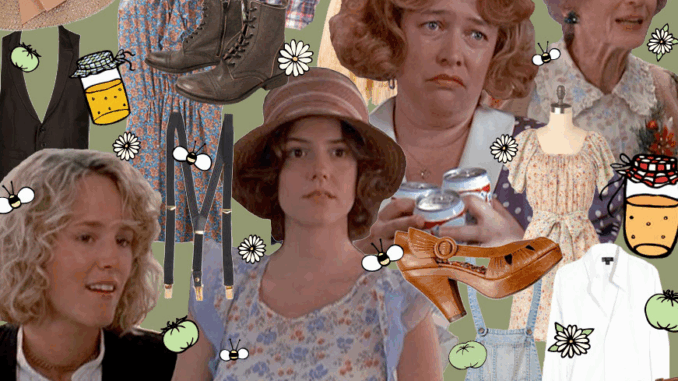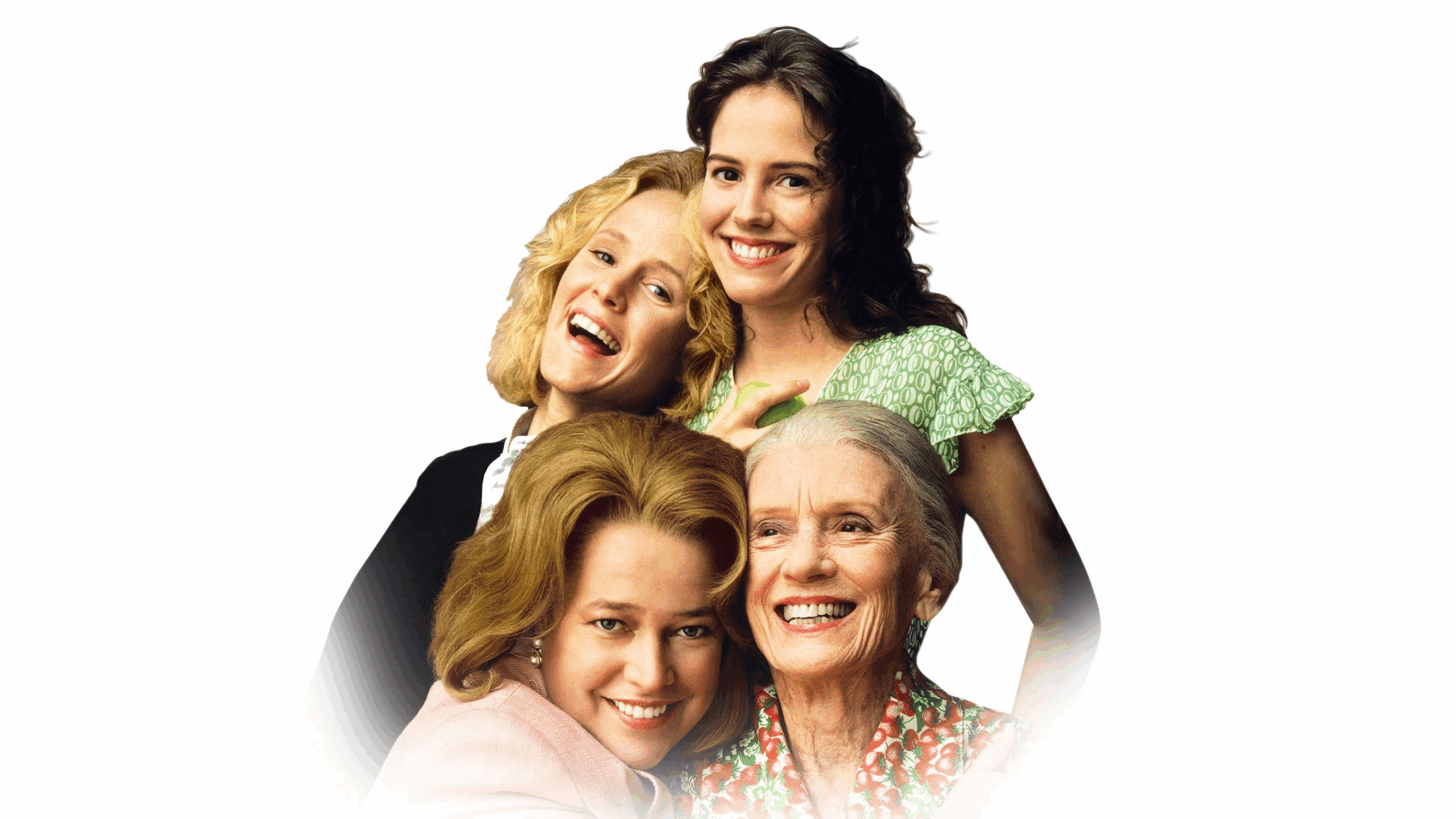
Fried Green Tomatoes, the 1991 film directed by Jon Avnet and based on Fannie Flagg’s novel Fried Green Tomatoes at the Whistle Stop Cafe, is more than a story—it’s a rich tapestry of friendship, loss, courage, and resilience told through generations of Southern women. At its heart, the film weaves two interconnected timelines to explore how storytelling can bridge past and present, while highlighting the enduring power of female bonds.
A Tale Told in Two Timelines
The film is structured around two central narratives—one set in the 1980s and the other during the early 20th century in a small Alabama town.
The Present: Evelyn and Ninny
In the present-day storyline, we meet Evelyn Couch (played by Kathy Bates), a middle-aged, disheartened woman struggling with feelings of invisibility and low self-worth. Her life is dull, her marriage is cold, and she feels completely disconnected from the vibrant person she used to be. When she visits a nursing home with her husband, Evelyn meets Ninny Threadgoode (Jessica Tandy), a warm and eccentric elderly woman who begins to share captivating stories of her youth.
These visits spark something deep inside Evelyn. Ninny’s tales of adventure and strength resonate with her, awakening the courage she had long forgotten.
The Past: Idgie, Ruth, and the Whistle Stop Café
The stories Ninny tells revolve around Idgie Threadgoode (Mary Stuart Masterson), a rebellious tomboy with a fierce spirit, and Ruth Jamison (Mary-Louise Parker), a gentle, refined woman from Georgia. The two form a profound and emotionally charged friendship that defies convention and hints at a romantic connection.
When Ruth escapes her abusive husband, Frank Bennett, she returns to Whistle Stop to live with Idgie. Together, they open the Whistle Stop Café, serving Southern comfort food—including the now-iconic fried green tomatoes—and building a safe haven for locals, outcasts, and Black community members alike. The café becomes a symbol of resistance, kindness, and community unity in the face of racism, economic hardship, and societal expectation.

A Darker Mystery Beneath the Surface
Beneath the heartwarming surface lies a murder mystery that adds tension to the nostalgic tone. When Ruth’s abusive ex-husband Frank mysteriously disappears, suspicion falls on Idgie and her loyal friend Big George. Although the murder is never fully resolved, the story subtly suggests that the community conspired to protect Ruth and Idgie, creating their own form of justice in a world that offered none.
The past storyline explores themes of love, sacrifice, found family, and quiet rebellion, all while touching on the racial tensions of the South during that era.
Transformation Through Storytelling
As Ninny tells her stories, Evelyn undergoes a profound transformation. Inspired by Idgie’s fearlessness and Ruth’s grace, Evelyn begins to assert herself—first in small ways, and then boldly. She starts standing up for herself, rediscovering her worth, and ultimately reclaiming her power as a woman. The stories serve as both a lifeline and a mirror, showing Evelyn what she could be, and giving her the courage to change.
The Film’s Ending: Legacy and Mystery
In the final scenes, Evelyn learns that Ninny’s old home has been condemned, and she offers to take Ninny in. There’s a touching moment of intergenerational love and compassion, as the bond between the two women deepens. But the film leaves viewers with a twist: it’s implied that Ninny might actually be Idgie herself, having taken on a new identity over the years. The ambiguity is never resolved, leaving audiences with a lingering sense of magic and wonder.
A Story of Female Strength, Friendship, and Healing
At its core, Fried Green Tomatoes is a celebration of women’s inner strength, their capacity for loyalty, and the healing power of deep, enduring friendship. It challenges traditional gender roles, portrays strong LGBTQ+ undertones in a time when that was rare, and reminds viewers that love and courage can transcend even the darkest circumstances.
Whether it’s Evelyn rediscovering her voice, Ruth finding safety, or Idgie living fearlessly outside of societal norms, every thread in the film’s narrative contributes to a powerful, timeless message: that storytelling can heal, empower, and unite us across generations.
